
Swiss adventurer trains for lifetime Arctic test
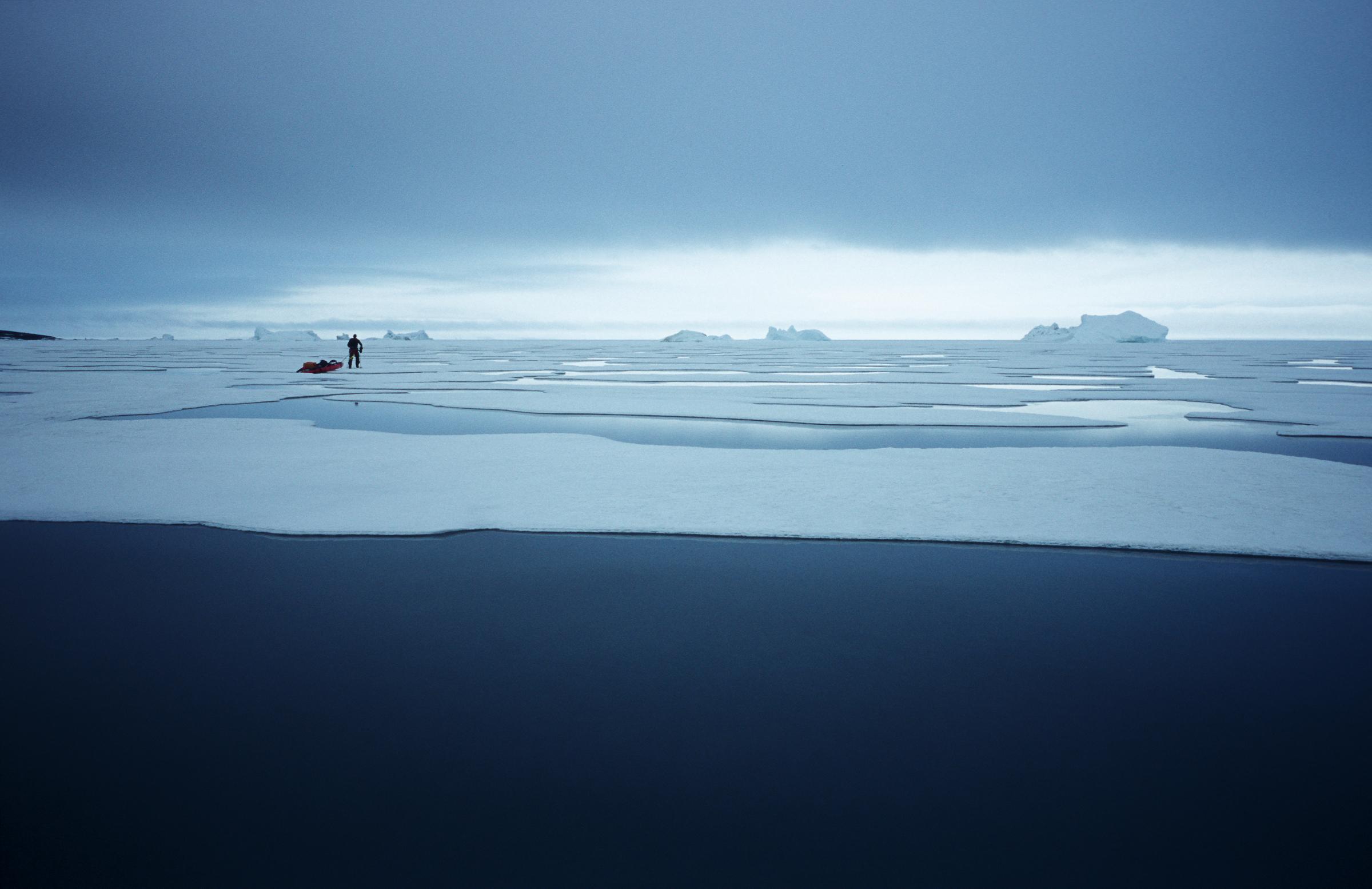
Can pulling car tyres up a Swiss mountain prepare you for crossing on foot the Arctic from Siberia to Canada via the North Pole? Thomas Ulrich thinks it can. He wants to become the first person to complete the journey solo.
The car tyres, tied with rope to a harness around Ulrich’s middle, bounce behind him, catching on rocks as he runs uphill in the mountains above Interlaken. It’s part of his training for a re-run after a failed try in 2006. During that shortlived attempt, he was rescued from a floating sheet of ice where he was stranded for 72 hours.
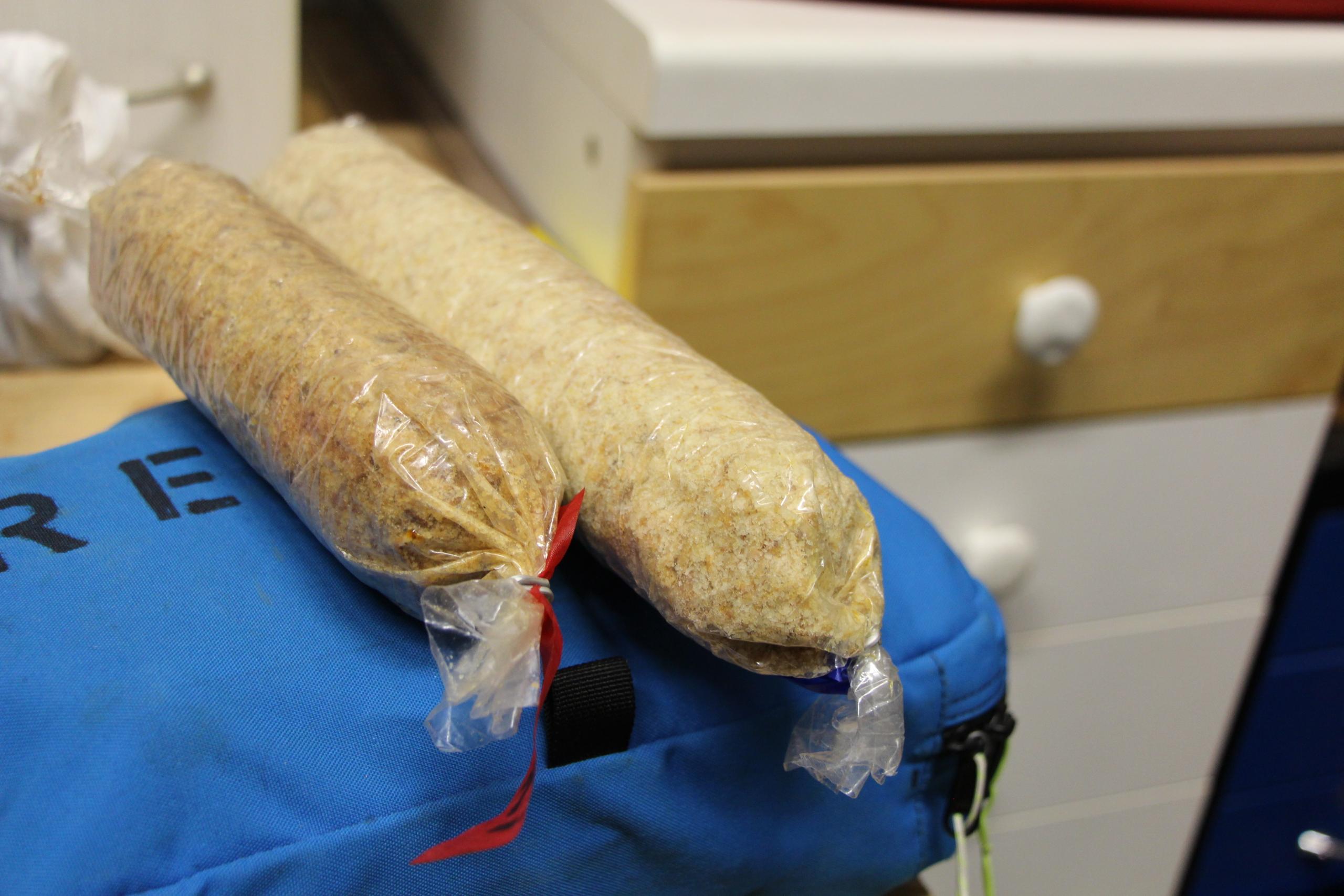
More
Day-to-day business in the Arctic
“Constantly getting stuck is exactly what happens in the Arctic on the ice, that’s what trains your body for the work… it’s quite good training for simulating the ice,” he explains while catching his breath before continuing up the steep slope.
47-year-old Ulrich is showing swissinfo.ch the training techniques that will prepare his body to travel 2000km with low temperatures of -45 degrees Celsius, pulling two sledges of gear and supplies at a weight of 180kg.
The expedition has a home-grown feel to it. Ulrich’s storage rooms are packed to the rafters with his inventions and kit – 15 different types of sleeping bags, canoes in numerous sizes, wooden drawers stuffed with packets, socks and tools. He’s keen to explain everything, and in some ways seems as though he feels a need to prove himself.
Yet when we talk about the Arctic itself or step outside on the mountains near his home, he’s visibly happier and confident about the task that lies ahead.
He’s an adventurer, an explorer. “I never had a normal job, I worked as a mountain guide, with helicopters, as a photographer…”. It was when he started to earn a living as a photographer that his passion for mountain adventures that filled his spare time became a full time occupation.
In 2003 he and fellow adventure-seeker Boerge Ousland crossed the Southern Patagonia Ice Shelf unaided, he has also taken on an expedition from the North Pole to Franz Josef Land, an archipelago in the Arctic Ocean.
His first first solo attempt to cross the Arctic was in 2006, but after being dropped off by helicopter on the ice to start his journey, a strong storm blew up, meaning he couldn’t set off at all.
He was trapped and had to call his expedition manager back on dry land, Hans Ambühl, to send the helicopter to rescue him.
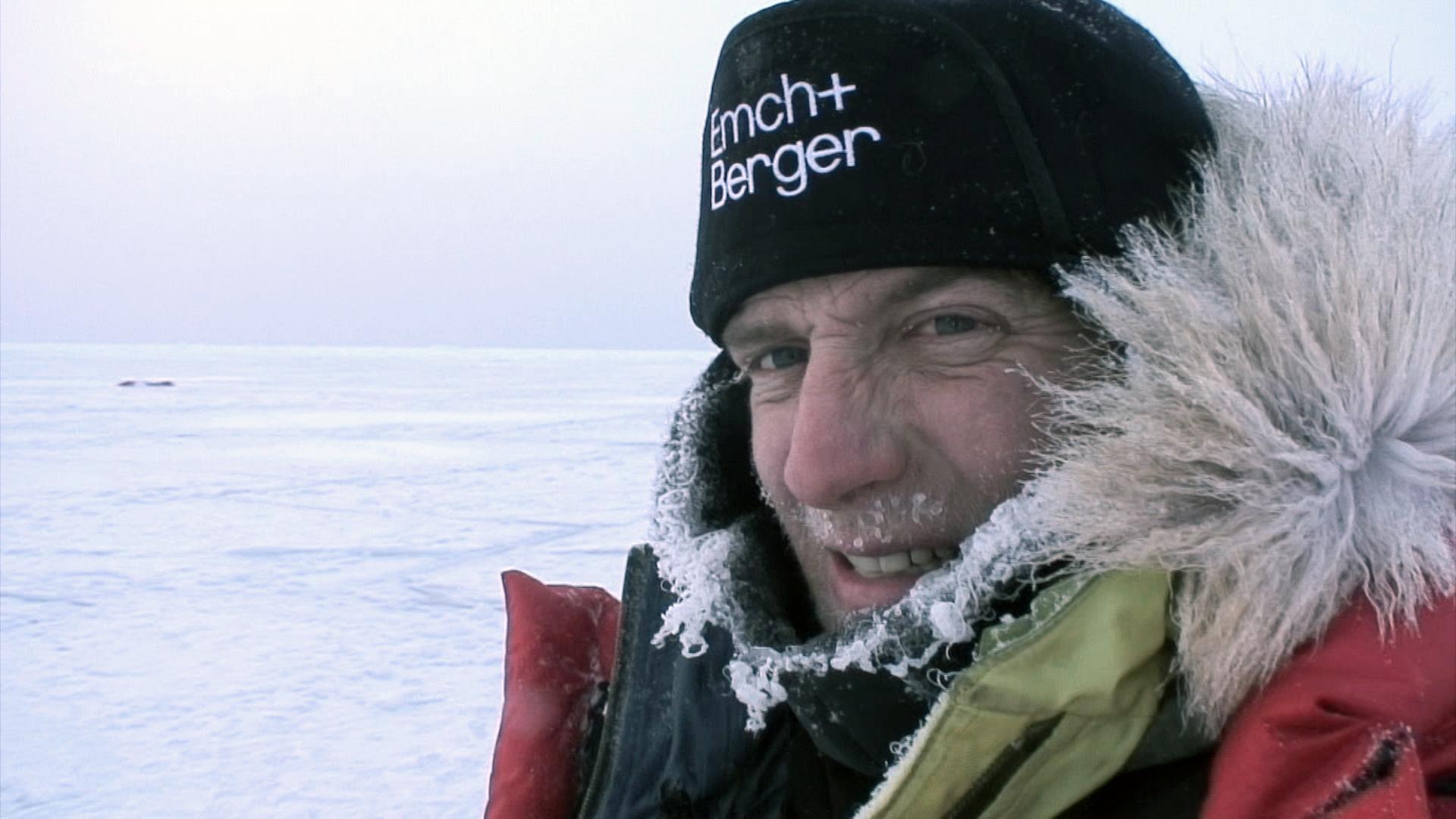
More
An Arctic expedition gone wrong
Ulrich returned home, defeated, discouraged, but alive. And he decided to try again and this April he thinks he is finally ready. He’ll take a group of eight people on a 100km expedition to the North Pole, acting as their guide.
Once they reach this point he will carry on for 35-40 days to the coast of Canada, alone and on skis or on foot to complete half of the expedition that he will then take on in its entirety in 2016.
Ulrich feels that he compromised on a critical point in his failed attempt at the challenge because of financial restrictions, sending back the helicopter which dropped him at his starting point before ensuring he could set off and progress through one of the trickiest parts of the journey.
This time he wants to make sure he sets off at the right moment, despite already having to delay his attempt by one year to make sure that he can cover the cost of this independence. He feels drawn to the Arctic and wants to finish what he’s started.
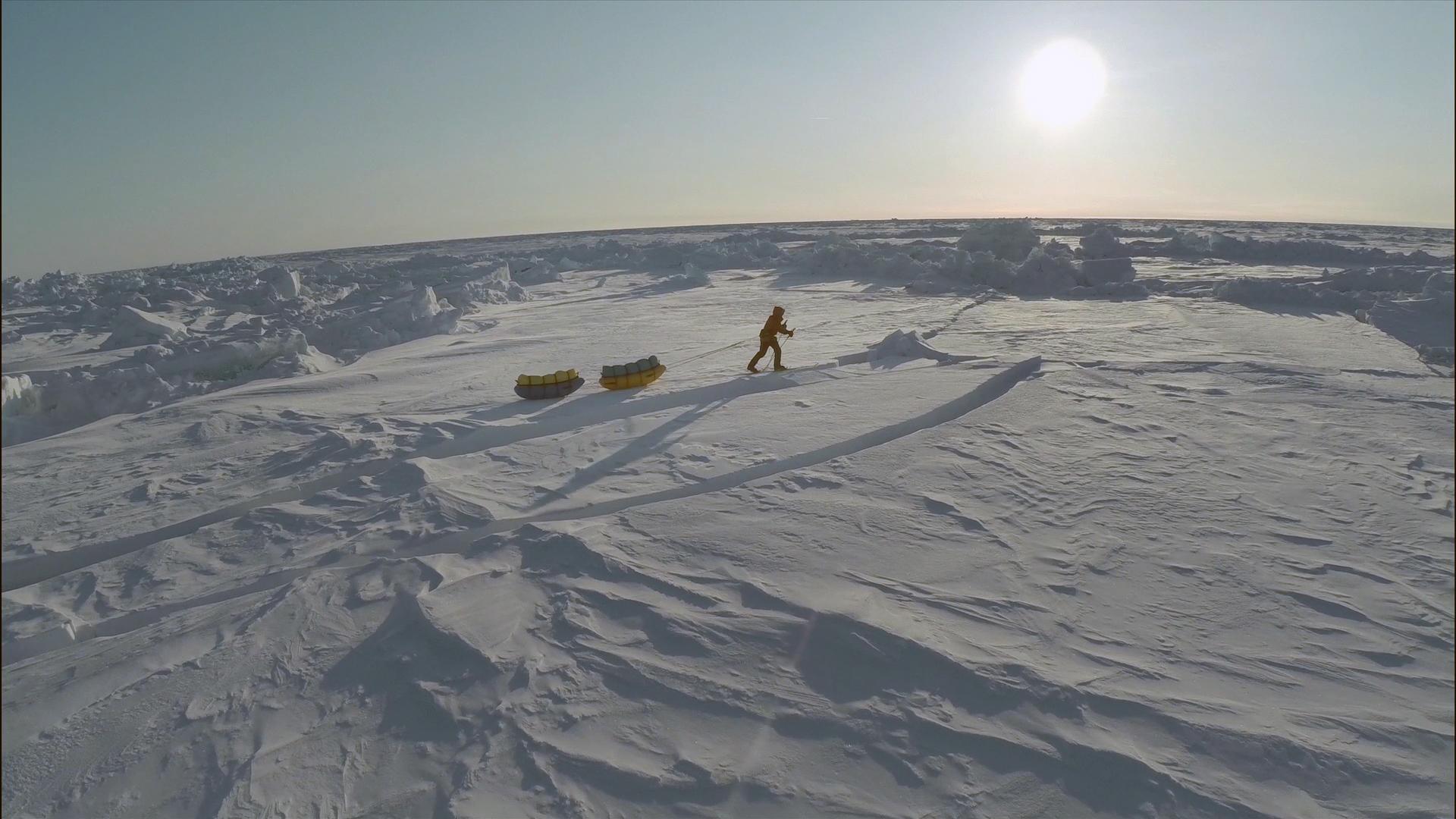
More
The magic of the Arctic
Getting ready
There are two other key practical aspects to the expedition; tailor-made equipment that Ulrich has had a personal hand in developing, and a commitment to train hard and get in shape for the trip, both physically and mentally.
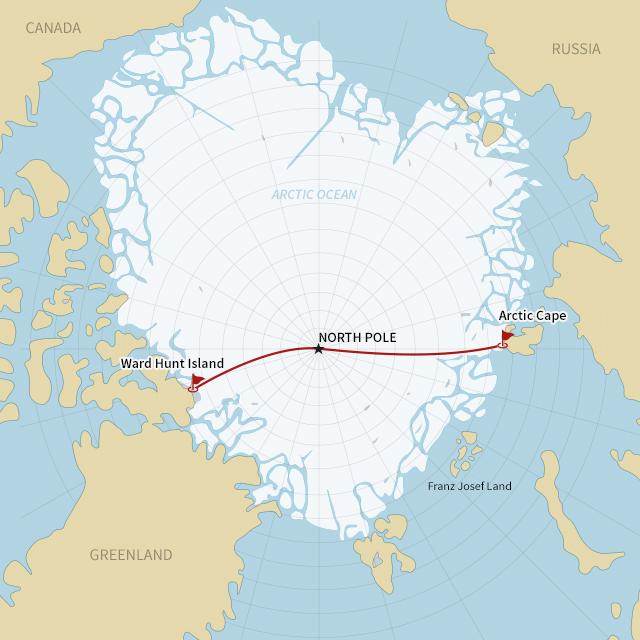
More
arctic-eng.jpg
One source of inspiration to get Ulrich through the hard work are the images of Norwegian explorer Fridtjof Nansen, which hang on the walls of Ulrich’s office/storage warehouse.
He followed in the footsteps of Nansen’s epic 1893 expedition to Franz Josef Land which went further North than ever before, but meant the Norwegians spent seven winter months sheltering in a cave, waiting until they would be able to continue their journey back to civilisation.
“You can learn a lot from them [earlier explorers]. It’s not like we do everything better than they did. Sometimes we don’t plan seriously enough because we think we know everything,” said Ulrich.
It’s taken a lot for him to get ready to try again, and decide if the risks and commitment are worthwhile.
Ulrich, now divorced from his wife at the time, realised he needed to evaluate the impact of his dream on those closest to him too.
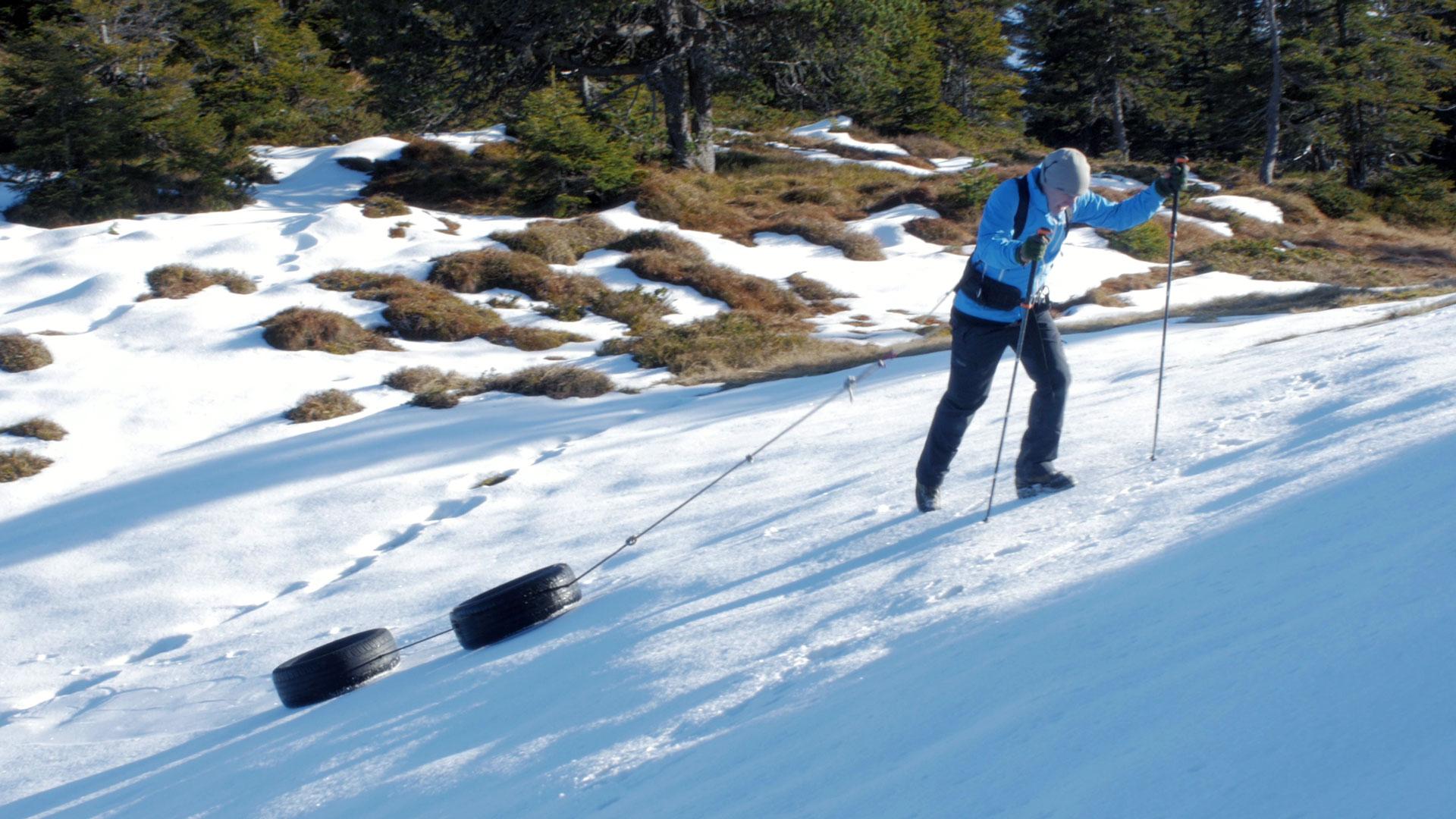
More
Training body and mind for the Arctic
Ulrich’s tyre-pulling training technique is part of getting his body ready to pull his supplies behind him as he moves forward on custom-made skis across the frozen surface.
Helped by the Biel University of Applied Sciences and a German kayak producer, he has designed his own sledge to lug his supplies over huge lumps of ice and pull them through the water. Made out of polythene, it looks a lot like a very smooth canoe.
“It’s very important that it doesn’t tip up and is as light as possible,” says Ulrich. “It glides very well in cold temperatures and is almost impossible to destroy.”
He’ll take two tied together as the division of weight works better for manoeuvrability and handling.
Dealing with polar bears
“If a polar bear approaches while you are sleeping, it’s better to have your pants [trousers] on,” laughs Ulrich, while explaining what he wears at night.
Although he jokes about coming into contact with the bears, the reality is something he takes very seriously, where he has a number of options to choose from before using a rifle kept close to hand as a very last resort to fire warning shots.

More
How to scare polar bears
The challenge Ulrich has set himself has become more than just a quest to be the first to accomplish this feat. The solo Arctic expedition has become his personal mission to see what can be achieved when you set your mind to it, and perhaps to finally prove that his near-death experience in 2006 was worth it after all.

In compliance with the JTI standards
More: SWI swissinfo.ch certified by the Journalism Trust Initiative





























You can find an overview of ongoing debates with our journalists here . Please join us!
If you want to start a conversation about a topic raised in this article or want to report factual errors, email us at english@swissinfo.ch.